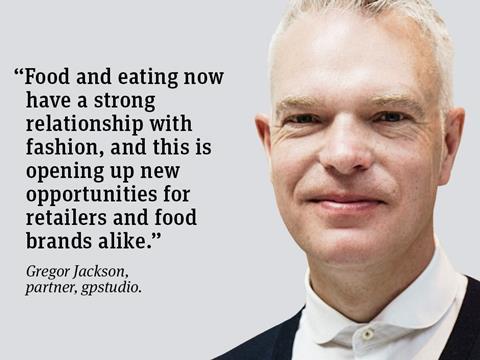
Food is no longer considered purely as sustenance. Across the globe, glossy weekend newspaper supplements glamorise it, TV programmes and whole channels are dedicated to it, and menus are increasingly inventive. Why have a cheeseburger when you can have kobe beef with black truffle brie?
Indeed, food and eating now have a strong relationship with fashion. Food is integral to shopping, and I don’t mean the department store tearoom or the 1970s food court. It’s entertaining, social and provides dwell time within the store, allowing customers to extend their shopping experience. It can even help to shape and define the brand proposition, as well as commercially enhance the bottom line.
This trend is opening up new opportunities for retailers and food brands alike. Harrods is now the largest single food and fashion site outside Las Vegas.
Food, however, is not a magical solution to propel footfall and bring retail personality. The key to the success of food within the realms of fashion retail is based on three essential criteria.
It all starts with the correct fit - ensuring the food offer targets the consumer and aligns with the adjacent product offer. Both brands need to complement each other’s proposition.
In one recent experiment, macaroons generated the highest sales per square foot in the shoe department of Galeries Lafayette in Paris. Taking food out of its typical context was responsible for this huge success - it provided customers with a possible impulse purchase in an area not typically associated with impulse. The on-trend delicate sweet treat teamed with a high-end shoe brand created a perfect fit, which resulted in revenue success and decadent fun.
Secondly, it is all about flexibility - food trends are changing fast. Eclairs and liquid nitrogen ice cream might be on trend now, but next year? John Lewis’ integration of Joe & the Juice bars is a prime example of how companies are using health and lifestyle trends to extend their store offer.
For food brands looking to take advantage of opportunities in fashion retail it is important to identify their core values and align themselves with a complementary partner. Thinking beyond the classic in-store experience as adding value to a retailer will always be an easier sell-in than waiting to fill an existing vacancy.
Finally, the most crucial factor is location. For example, why for so long has the roof space of a building been the holy grail for a department store’s electrical and mechanical units? It’s a prime space for eating, socialising and taking advantage of the elevated views.
Food has certainly become a contender within the fashion market. The challenge now is not to merely assume adding a badly designed food offering in store will suddenly increase sales. It is a balancing act that requires brands to think about how they can add to their offer and entice customers to return again and again for the complete experience.
Gregor Jackson is partner at gpstudio







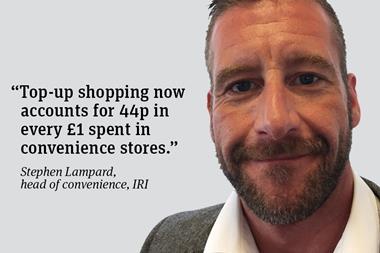
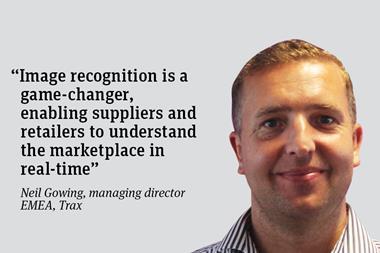


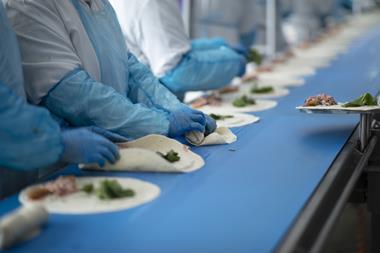


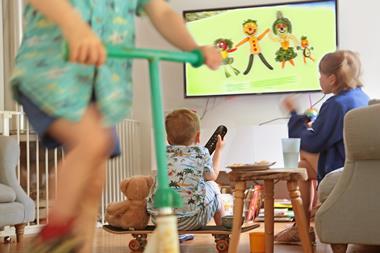




No comments yet